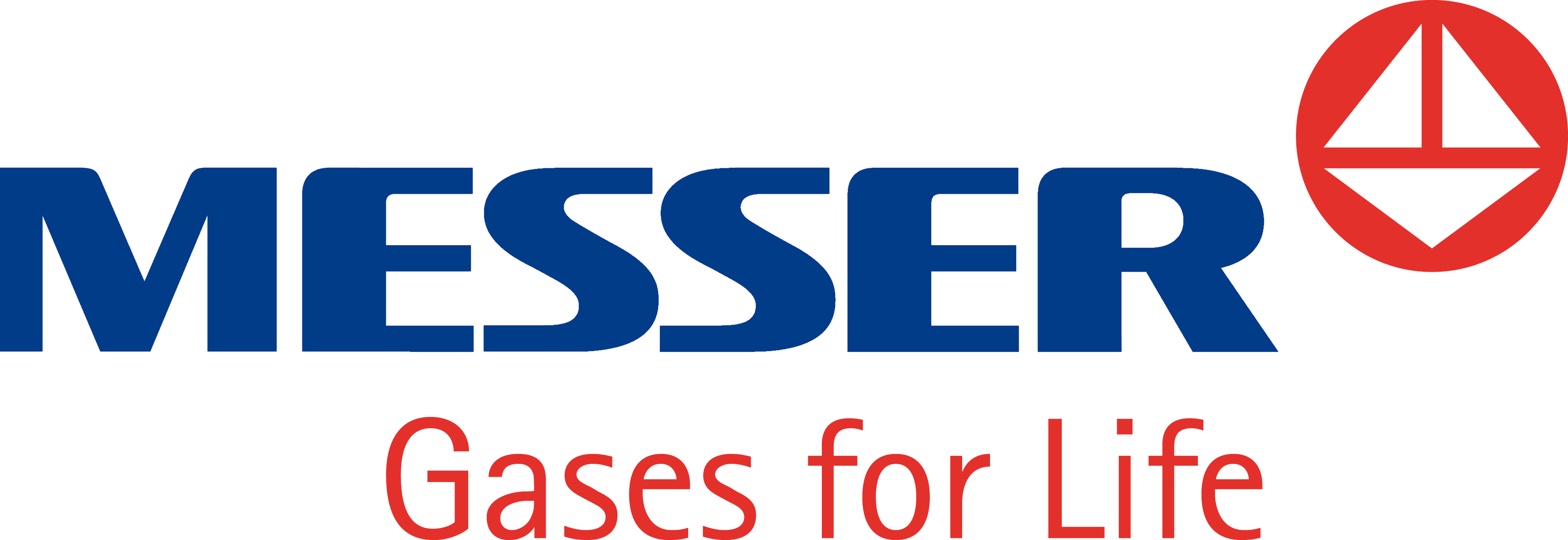By: Editorial Team Reading time: 3 Minutes
◤ ENVIRONMENT
Clean waste gas in surfactant production
Solvents are often volatile – and not only in the physical sense. Messer’s DuoCondex unit captures them reliably so they can be recycled or safely disposed of. A second unit was recently installed at Evonik in Steinau, Germany.
Ubiquitous wetting agents
Anyone who has ever read through a cleaning product’s list of ingredients knows the word “surfactant”: substances that fall under this collective term reduce the surface tension of liquids. In so doing, they facilitate dirt removal from an extremely wide range of materials and surfaces. Surfactants are as ubiquitous in household chemistry as they are in cosmetic products. Moreover, they are necessary for countless processes in metalworking, papermaking, construction, and the textile industry. At its site in the small Hessian town of Steinau, Evonik manufactures biodegradable specialty surfactants, primarily for the cosmetics and detergent industry. The production needs solvents that escape in gaseous form in certain process steps. Those waste gases should not and must not be released to the atmosphere, of course. They are captured and fed into the DuoCondex unit of the plant.
❝
We generate the right temperature profile for optimal cleaning performance and service life of the condenser.
Thomas Kutz, Application Engineer at Messer
Perfect cooling for optimal cleaning
DuoCondex technology was developed and patented by Messer. It uses -196°C liquid nitrogen to reliably separate environmentally harmful substances from waste gas streams. For this purpose, the nitrogen is first transformed to a gaseous state in a vaporizer. “As a liquid, it would be too cold,” explains application engineer Thomas Kutz of Messer. “The solvents condense mainly in a nitrogen gas-cooled heat exchanger. Only a small portion of the solvent is completely frozen. If the temperature were too low, too much solvent ice would form too rapidly, and the condenser would ice up too fast and plug up. With gaseous nitrogen, we generate the right temperature profile for optimal cleaning performance and service life of the condenser. This also prevents the solvent from forming aerosols that would lead to too high emissions. With the DuoCondex process, most of the solvents are liquefied and can be easily discharged.”
Functional diagram of the DuoCondex technology from Messer

Connection without shutdown
In recent years, the surfactant production in Steinau has experienced strong growth together with demand. The units are now operating around the clock and the service life of the single-train waste gas purification system is reaching its limits. A second DuoCondex unit had to be added in parallel to take over the purification of the waste gas stream when so much solvent ice forms in the first unit that it has to be de-iced. “Messer has a mobile pilot system that is normally used for test runs on the customer’s premises,” reports Thomas Kutz. “At Evonik, we connected this pilot system temporarily before we started installing the tailor-made, final, second unit. The pilot system has since been replaced by the final second line. The two DuoCondex units are operated by a shared control system. They work in alternating service and ensure continuous waste gas purification – 24 hours per day, 7 days per week – thereby enabling around-the-clock, continuous operation to maintain the crucial supply of surfactant.
